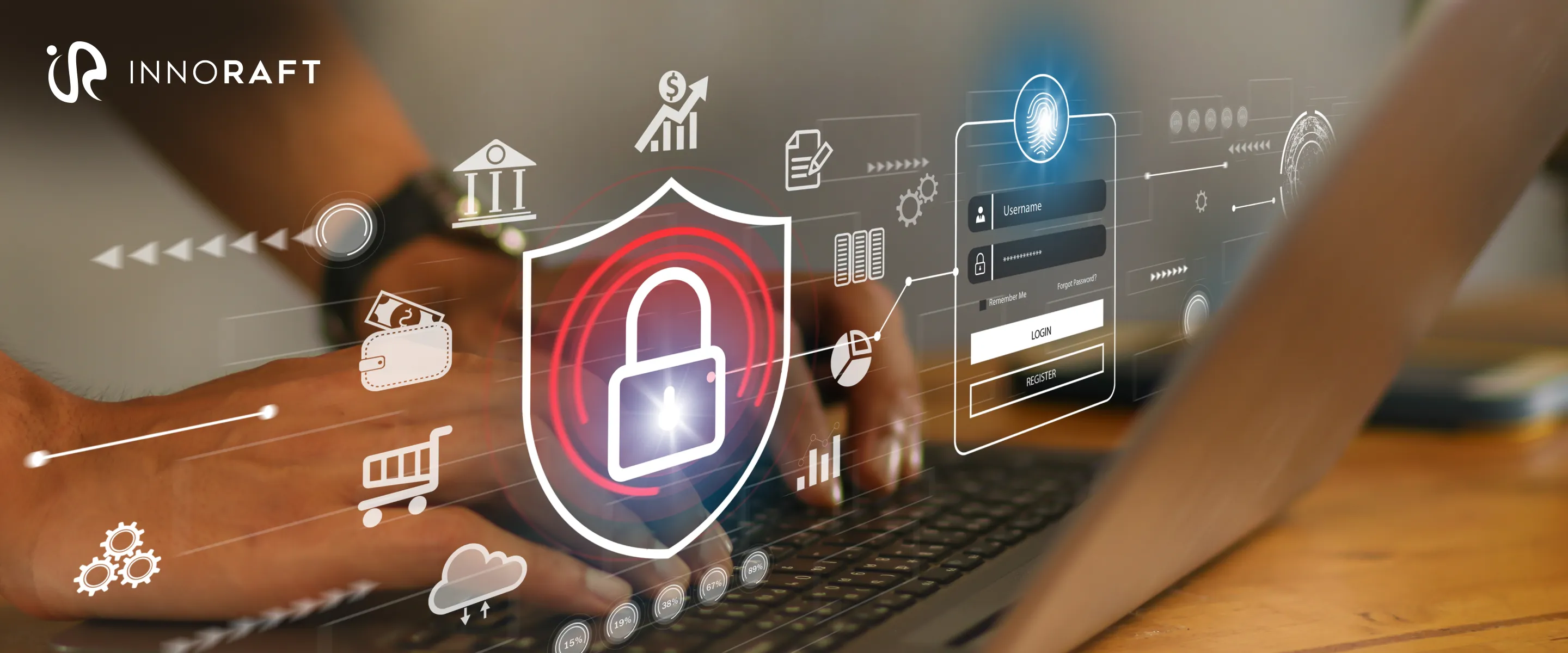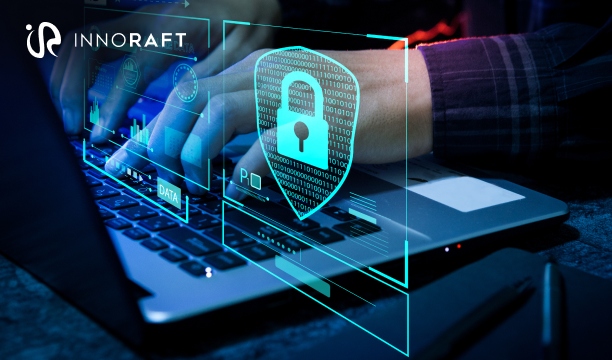Cyber threats have been on a continuous rise for years; in the digital underworld, data truly is currency, making the locking of critical systems for ransom an enticing payday for cybercriminals. It is because of this escalating landscape that October marks National Cybersecurity Awareness Month, a crucial time devoted to focusing on the paramount importance of defending our personal and business information in the digital realm. This emphasis directly supports national cyber security.
In the interconnected world of today, cybersecurity is a continuous priority rather than simply an annual focus. Cybersecurity awareness needs steady attention to keep ahead of changing threats, whether you're managing a business or just using the internet from home.
Organizations often overlook security best practices like multi-factor authentication (MFA), change management, and robust access controls. This lack of strong security protocols creates vulnerabilities, allowing attackers to easily exploit social engineering tactics to breach systems, establish a presence, and deploy ransomware. Adequate cyber threat prevention requires addressing these gaps.
Cybersecurity Programs: Essential for National Security
Cybersecurity is now an essential component of national cyber security strategies globally. Robust cybersecurity measures are crucial for protecting critical infrastructure and defending against threats from nation-states. The evolution of the public internet inevitably led to its use as a tool for warfare.
This development gave rise to terms like cyber warfare, cyber war, and cyberterrorism. Cyber warfare defines a virtual attack, typically online, against a country. A full-scale conflict using cyberattacks is termed a cyber war. Cyber terrorists seek to create chaos and fear through their cyberattacks. These terms often overlap and can occur simultaneously. Cyber intelligence plays a critical role in understanding and mitigating such threats.
As data increasingly becomes a highly valuable asset, the importance of cybersecurity in national security will continue to grow, with web application security playing an ever more critical role in protecting sensitive information and systems.
Fostering Cybersecurity Awareness: A Collective Responsibility
Cybersecurity awareness is a shared endeavor. In observance of National Cybersecurity Awareness Month, we encourage all small businesses to join in this critical conversation. Here's how to participate:
- Engage in training: Utilize programs offered by organizations like the Cybersecurity & Infrastructure Security Agency (CISA).
- Assess and update: Conduct a cybersecurity health check of your systems and enhance your security protocols. This contributes to better cyber threat prevention.
- Educate employees: Inform staff about prevalent threats, including phishing, malware, and ransomware.
The question is, how do you stay ahead? Delve into emerging cybersecurity trends to effectively defend your business from evolving risks.
Always Verify; Never Trust
Modern threats can originate from within the organization. Insider threats, whether malicious or accidental, can bypass external defenses and wreak havoc from the inside. The outdated, conventional perimeter-based security model fails to address the complexities of modern threats, where attackers can easily bypass perimeter protection through phishing, social engineering, or manipulating vulnerabilities in trusted devices and, most commonly, through humans.
Cybersecurity has traditionally leaned on a "castle and moat" approach, where everything outside an organization's network perimeter was distrusted, and everything inside was considered safe. This strategy, based on the assumption that all threats develop externally and that internal systems and users are secure once past the perimeter, is no longer feasible.
Today's cyber threats are far more sophisticated and can easily bypass conventional defenses. Attackers frequently exploit seemingly minor vulnerabilities, such as weak employee passwords or a lack of multi-factor authentication (MFA), to gain initial access. Once inside, they move laterally within the network or system to locate valuable data or take control of critical systems.
Furthermore, modern threats can originate from within an organization. Insider threats, whether intentional or accidental, can bypass external defenses and cause significant damage from the inside. The outdated, perimeter-centric security model is inadequate to address the complexities of contemporary threats, as attackers can readily bypass perimeter defenses through methods like phishing, social engineering, exploiting vulnerabilities in trusted devices, and most commonly, through human error. This underscores the need for continuous cyber threat prevention.
Key Steps for Enriched Online Security
Here are some essential steps that everyone can take to enhance their online security:
Create Strong Passwords
Passwords are your initial defense against unauthorized access. It's vital to use strong, unique passwords for every account. Strive for a mixture of uppercase and lowercase letters, numbers, and special characters. If handling complex passwords becomes difficult, a password manager can securely store and generate random passwords for you. Additionally, always enable Two-factor authentication (2FA) when available. This counts an additional layer of protection, requiring both a password and a secondary verification method (like a phone number or email) for access.
Keep Your Software Updated
Regularly updating the software is a simple yet adequate way to protect your devices. These updates comprise security patches for vulnerabilities discovered since the last version. Whether it's your operating system, web browser, or an application, delaying updates leaves your device susceptible to cybercriminal exploitation. To minimize the risk of new threats, configure your devices to download and install updates as soon as they are available, improving national cyber security.
Secure Your Wi-Fi Network
A strong Wi-Fi network is essential for shielding both personal and business data. Implement WPA3, the latest encryption standard, for superior security compared to older techniques. Improve safety by renaming the router's SSID (network name) to one that doesn't reveal personal details or the manufacturer. Disable remote management features unless required to minimize potential attack vectors.
Utilize Reputable Antivirus Software
Installing antivirus software is crucial for safeguarding devices against malware and other cyber threats. An antivirus program actively monitors the system, scans for dangers, and furnishes real-time protection. Regular system scans are vital, even without suspicious activity, as much malware operates silently, collecting sensitive data or causing damage.
Protect From Phishing Scams
Cybercriminals frequently employ phishing attacks against both individuals and businesses. These scams typically arrive as emails or messages that mimic legitimate sources like banks or well-known companies. Their objective is to trick you into clicking a malicious link or downloading an attachment that compromises your security.
Always exercise caution with unsolicited emails. Carefully inspect the sender's address, look for grammatical errors or typos, and be wary of urgent or threatening language developed to pressure you into quick action. If you have any doubts, visit the company's official website or contact them to confirm the communication's authenticity, demonstrating good cybersecurity awareness.
Conclusion
As we look to the future, cybersecurity will continue to play a vital role in protecting the systems that drive our digital world. Staying ahead of threats is not only a wise business decision—it’s a necessary one for national cyber security. By following these straightforward steps, you can reduce your risk of falling victim to cyberattacks. While October serves as a reminder of the significance of cybersecurity awareness, remaining safe online is a year-round effort. Whether you’re working remotely, shopping online, or simply browsing social media, cybersecurity should always be top of mind.
Take proactive measures, stay informed about the latest threats, and ensure that both personal and professional information remains protected. By encouraging a strong cybersecurity culture, we can steer the digital age with greater confidence and peace of mind, knowing that data and privacy are well-protected. Cyber intelligence is key to this continuous protection.
As a web application development services provider, Innoraft brings proven expertise in creating secure and scalable solutions—partner with us to elevate your digital infrastructure.
FAQ
Frequently Asked Questions
Didn’t find what you were looking for here?

